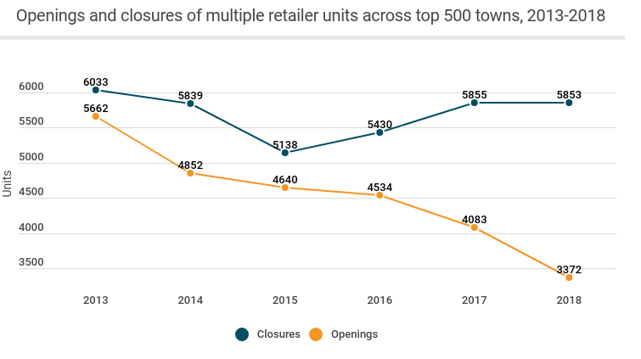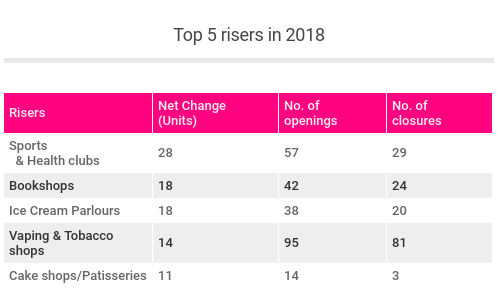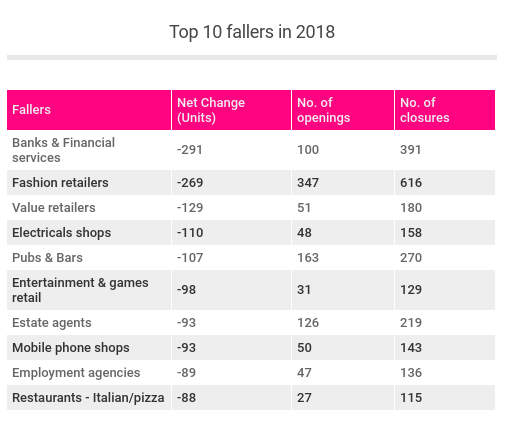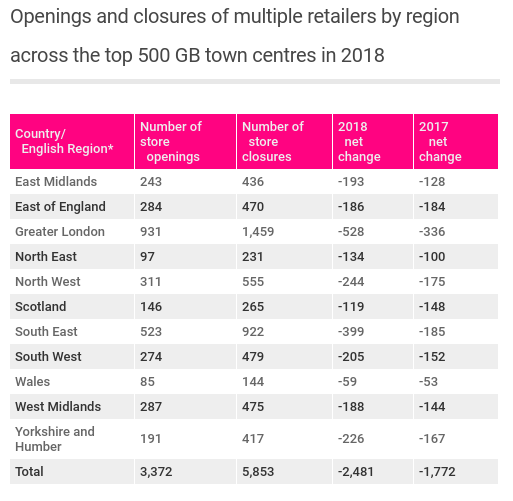[PRESS RELEASE] High Street exits remain at historic high as openings slump to lowest levels on record - What now for retailers?
Date published: 2019-04-10 Date modified: 2023-08-16

Author
PwC and the Local Data Company
The Local Data Company
 901
901
901
901
Local Data Company is the UK’s most accurate retail location insight company. We physically track every retail and leisure business across the entire country. Our data powers strategy and decision making for our clients working across retail, leisure, out-of-home media, investment, property and financial services.




